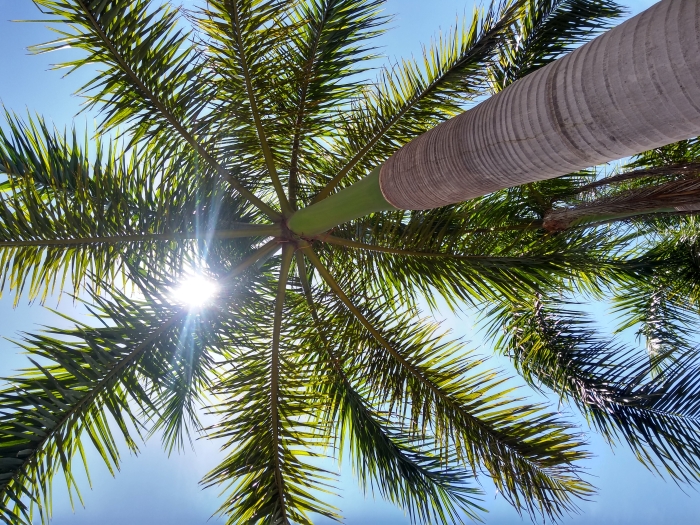Cuban Royal Palm
(Roystonea regia)
Cuban Royal Palm (Roystonea regia)
/
/

SKsiddhartthan
CC BY-SA 4.0
Image By:
SKsiddhartthan
Recorded By:
Copyright:
CC BY-SA 4.0
Copyright Notice:
Photo by: SKsiddhartthan | License Type: CC BY-SA 4.0 | License URL: https://creativecommons.org/licenses/by-sa/4.0 | Uploader: SKsiddhartthan | Publisher: Wikimedia Commons | Title: Royal_Palm_worm_view.jpg | Notes: *Description: ''[[Rubus odoratus]]'', flower and leaves. *Source: Own photo, taken in Jutland, May 2002. *Author: [[User:Sten|Sten Porse]] [[Category:Rosaceae]] [[Category:Rubus]] [[Category:Shrubs|Rubus odoratus]] {{self2|GFDL|cc-by-sa-2.5,2.0,1.0}} |




























Estimated Native Range
Summary
Roystonea regia, commonly known as Cuban Royal Palm, is an evergreen tree native to the moist forests, savannas, and scrublands of the Caribbean, Florida, Mexico and Central America. It can reach impressive heights of 20–30 meters (66–98 ft) with a stem diameter of about 47 centimeters (19 in). The Cuban Royal Palm is characterized by a stout, very smooth, and grey-white trunk with a swollen base and a distinctive green crownshaft. Its large, pinnate leaves create a graceful canopy. The white flowers with pinkish anthers are borne in large panicles and are followed by fruits that transition from green to red and finally to purplish-black as they mature, attracting a variety of birds and bats.
The Cuban Royal Palm is highly valued for its majestic appearance and is widely used as a focal point in tropical and subtropical landscapes, including avenues, parks, and large gardens. It is also planted for its fast growth rate and its ability to create a dramatic vertical element in the landscape. This palm requires full sun and can tolerate a range of soil types, provided they have good drainage. It is relatively low maintenance but does require adequate water, especially in well-drained soils. While generally pest-free, it can occasionally suffer from palm weevils and leaf spot diseases.CC BY-SA 4.0
The Cuban Royal Palm is highly valued for its majestic appearance and is widely used as a focal point in tropical and subtropical landscapes, including avenues, parks, and large gardens. It is also planted for its fast growth rate and its ability to create a dramatic vertical element in the landscape. This palm requires full sun and can tolerate a range of soil types, provided they have good drainage. It is relatively low maintenance but does require adequate water, especially in well-drained soils. While generally pest-free, it can occasionally suffer from palm weevils and leaf spot diseases.CC BY-SA 4.0
Plant Description
- Plant Type: Tree
- Height: 66-98 feet
- Width: 18-23 feet
- Growth Rate: Moderate
- Flower Color: N/A
- Flowering Season: Winter, Spring, Summer
- Leaf Retention: Evergreen
Growth Requirements
- Sun: Full Sun
- Water: Medium
- Drainage: Medium, Fast
Common Uses
Bee Garden, Low Maintenance
Natural Habitat
Moist forests, savannas, and scrublands
Other Names
Common Names: Royal Palm, , Florida Royal Palm, Königspalme, Kubanische Königspalme, Chaguaramo, Yagua, Palma Criolla, Palma Real, Palmier Royal
Scientific Names: , Roystonea regia, Roystonea elata, Oreodoxa regia, Roystonea jenmanii, Euterpe jenmanii, Roystonea floridana, Roystonea regia var. hondurensis, Euterpe ventricosa, Oenocarpus regius
GBIF Accepted Name: Roystonea regia (Kunth) O.F.Cook